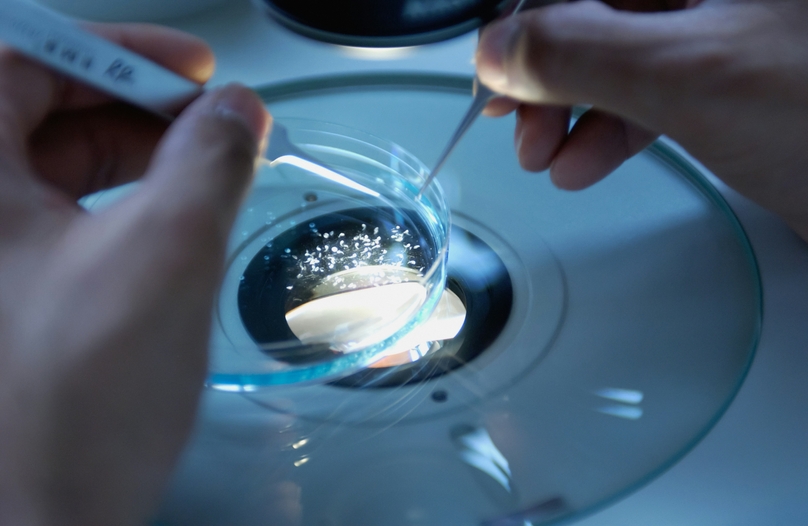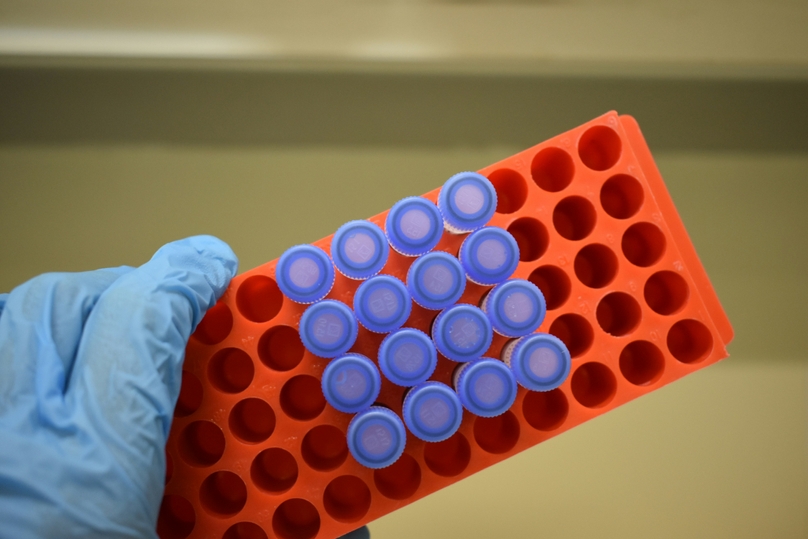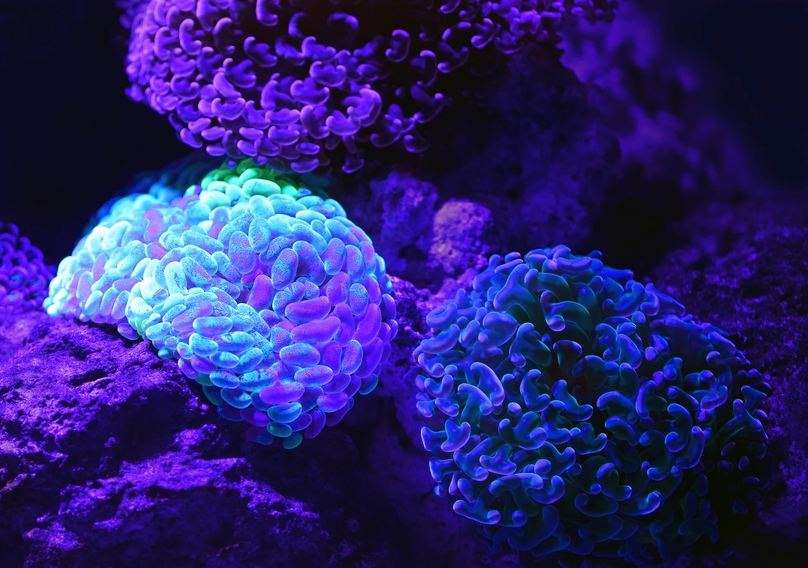Lateral inhibition, a key process in neurobiology, plays a pivotal role in shaping our visual perception. This phenomenon occurs when neural activity in one neuron inhibits the activity of neighboring neurons, enhancing contrast and sharpening our sensory experiences. In the context of vision, lateral inhibition helps in processing complex visual stimuli, allowing us to discern fine details and contours in the visual scene. This process is fundamental in understanding how our brains interpret and react to visual information, contributing significantly to studies in vision, neuroscience, and even in the development of artificial visual systems.
Genemod: Facilitating Breakthroughs in Vision Research
In studying processes like lateral inhibition, Genemod offers indispensable support to biopharma research teams. Genemod’s innovative approach to automating experiments and managing inventory propels productivity, enabling scientists to delve deeper into the nuances of visual perception without the hindrance of logistical concerns. This increased efficiency is especially beneficial in neurobiology and vision research, where precision and detail are paramount. By enhancing collaboration and streamlining research operations, Genemod not only accelerates scientific discovery but also ensures that research teams can focus their efforts on groundbreaking ideas and findings.
Understanding Lateral Inhibition
At its core, lateral inhibition is a neural mechanism that enhances the contrast and clarity of sensory information. It's like a built-in enhancement feature for our visual system, allowing us to perceive details with greater precision. Lateral inhibition occurs when neighboring neurons in our sensory systems interact in a way that enhances the differences in their responses to stimuli. This means that when one neuron is stimulated, it inhibits the activity of its neighboring neurons. The result is that the stimulated neuron sends a stronger signal to the brain while the activity of adjacent neurons is dampened. This process sharpens the contrast between different sensory inputs, making it easier for our brains to distinguish between them.
The Importance of Lateral Inhibition
The importance of lateral inhibition becomes evident when we consider its role in improving our ability to perceive subtle differences in sensory stimuli. For example, in the context of visual perception, lateral inhibition allows us to see fine details, edges, and contrasts in our environment. It's what enables us to distinguish between objects, textures, and shades of color with remarkable clarity. Lateral inhibition is not limited to vision; it plays a crucial role in other sensory modalities as well, such as touch and hearing. In touch, it helps us discern variations in pressure, texture, and temperature. In hearing, it contributes to our ability to perceive different frequencies and tones.
Lateral Inhibition in the Retina
In the visual system, lateral inhibition is particularly prominent in the retina, the light-sensitive tissue at the back of the eye. Here, specialized cells called photoreceptors, including rods and cones, play a central role. When light strikes these photoreceptor cells, they generate electrical signals that are transmitted to neighboring cells, known as bipolar cells and horizontal cells. Horizontal cells are the key players in lateral inhibition within the retina. They modulate the signals sent from photoreceptors to bipolar cells, enhancing the contrast and sharpening the edges of visual stimuli.
Applications in Image Processing
Lateral inhibition, a fundamental neural mechanism, finds valuable applications in the field of image processing. In this context, it serves as a model for enhancing contrast and edge detection in digital images. By mimicking the way lateral inhibition sharpens sensory information in the human visual system, image processing algorithms can identify and enhance the edges of objects in an image, making them more distinguishable and improving overall image quality. This application is particularly useful in various fields, including medical imaging, where it aids in the detection of abnormalities, and computer vision, where it assists in object recognition and tracking.
Brain Processing and Perceptual Organization
Lateral inhibition plays a crucial role in brain processing and perceptual organization. When sensory information enters the brain, it undergoes intricate processing to create a coherent and meaningful perceptual experience. Lateral inhibition helps the brain extract essential features from sensory input, allowing it to differentiate between various elements within the environment. This process is essential for tasks such as object recognition, depth perception, and scene segmentation. By modulating neural activity and enhancing the contrast between sensory signals, lateral inhibition contributes to the brain's ability to organize and interpret complex visual scenes. Researchers in the field of neuroscience study this phenomenon to gain insights into how the brain processes information and perceives the world.
Lateral Inhibition and Optical Illusions
The phenomenon of lateral inhibition is closely linked to optical illusions, providing a fascinating glimpse into how visual stimuli can deceive our brains. Optical illusions occur when the brain misinterprets sensory input due to the modulation of neural signals through lateral inhibition. These illusions challenge our perception of reality, creating situations where lines appear distorted, colors seem to change, or objects appear to move when, in fact, they remain stationary. By studying the interplay between lateral inhibition and optical illusions, researchers gain valuable insights into the limitations and quirks of human perception.
Join Genemod in Advancing Visual Science
Boost your research capabilities with Genemod. Our suite of tools and services is specifically designed to enhance the productivity of biopharma, startups, academia, and non-profit research teams. By embracing Genemod, you harness the power of research operations analytics, allowing you to focus on pivotal studies like those involving lateral inhibition. Let’s collaborate to push the boundaries of visual science and neurobiology. Choose Genemod for a seamless research experience where innovation meets efficiency.


















